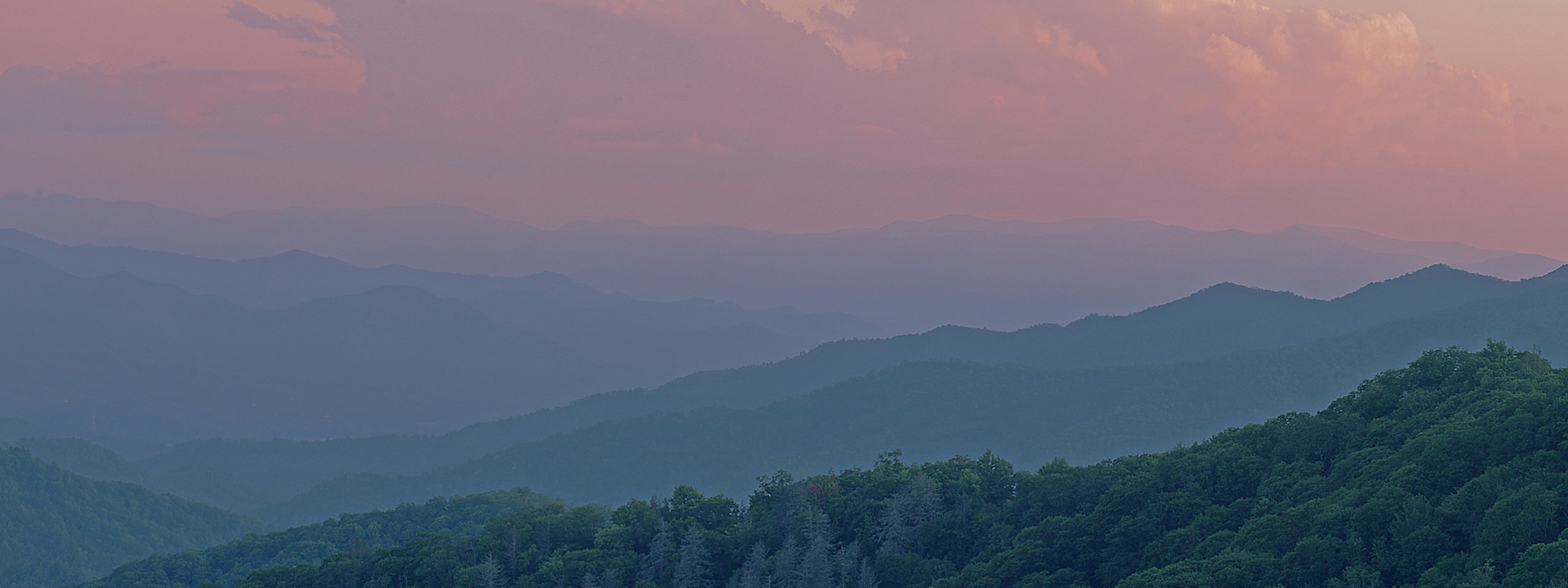
In the constellation Leo there sits a trio of galaxies known as the M66 group. It is often referred to as the Leo Triplet. The three galaxies are M65, M66, and NGC 3628. All three are spiral galaxies, just like our own Milky Way, interacting with one another. They look quite different from one another due to the angle they are seen from, with NGC 3628 being viewed from the galaxy edge.

M65 lies approximately 35 million light years from Earth and 90 thousand light years across. It was discovered, along with M66, by Charles Messier in 1780.
M66 sits 31 million light years away and is 95 thousand light years across. When first discovered Charles Messier described M65 and M66 as a “nebula discovered in Leo: It is very faint and contains no star”.
NGC 3628, also known as the Hamburger Galaxy, is about 35 million light years away and 100 thousand light years across. It was discovered in 1784, 4 years after M65 and M66, by William Herschel. The dark band seen is caused by dust located on the edge of its’ spiral arms. It is similar to our view of the Milky Way on a dark night.
The Leo Triplet is a fun target to photograph due to the close visual proximity of the galaxies. All three are easily seen in a single image. This particular image was taken using a 500mm camera lens.

My previous attempts at this galaxy trio is below. M65 is shown on the lower left, M66 on the upper left, and NGC 3628 is on the right. While pleased with the photo at the time, my processing is improving with practice.

The latest photo was created using images I took in March 2020. The image is rotated 180 degrees from my previous attempt. There is no particular reason for this, I liked how it looked. The final image was taken using a monochrome camera with red, green, blue, and Hydrogen-alpha filters. KStars / EKOS was used to control the mount and camera via a Raspberry Pi computer running StellarMate. The images were then stacked and edited in PixInsight.
- Red: 231 minutes
- Green: 212 minutes
- Blue: 163 minutes
- Hydrogen-Alpha: 136 minutes

ZWO ASI1600mm-Pro, Canon 500mm f/4 IS L II
R – 231 minutes, G – 212 minutes, B – 163 minutes, Ha – 136 minutes



